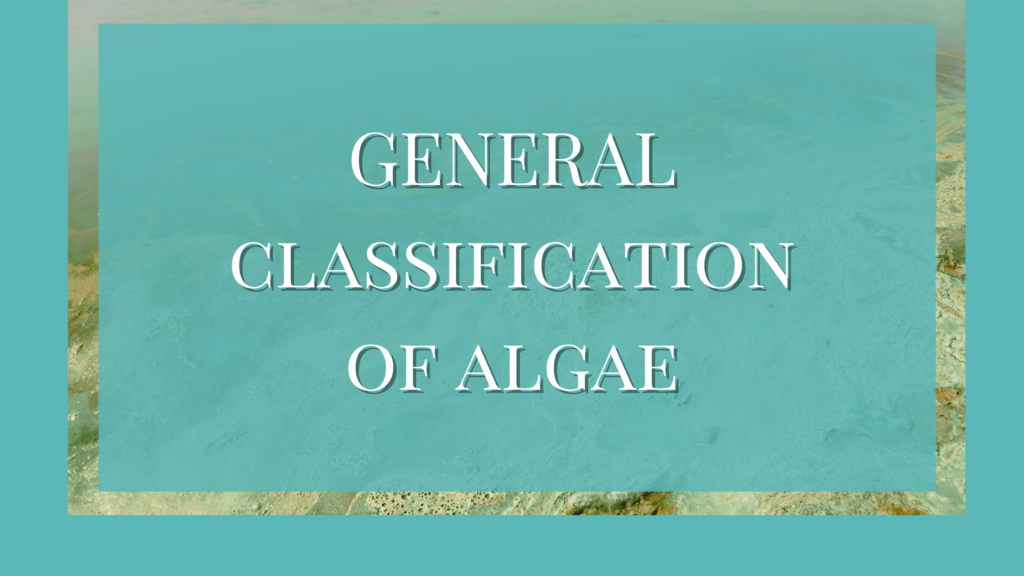Phycology is the study of algae (Greek, phycos means seaweed). Algae are diverse, photosynthetic organisms that range from microscopic single-celled forms to complex multicellular organisms.
Phycology encompasses the study of algae’s morphology, ecology, physiology, biochemistry, and taxonomy, as well as their economic and ecological importance. Here is a summary of the history of Phycology and its modern developments.
Historical Development of Phycology
The history of phycology dates back thousands of years, with early civilizations recognizing the presence and significance of algae. The development of Phycology can be assigned to four phases.
- The first phase began with the writings of the Greeks (Theophrastus, Dioscorides) and was conducted at the end of the eighteenth century.
- The second phase was between 1800 to 1880.
- The third phase was from 1880 to the early 1950s
- The fourth, the modern phase, comprises the early 1950s to the present.
First and Second Phases
Ancient Egyptians used algae as food. Ancient written references to algae are found in Chinese literature. According to the history of phycology, it was the Greeks who laid the foundations. The Roman word fucus derived from the Greek phycos, persisted as a name for a poorly defined group of simple plants in early Botanical writings.
However, it was not until the 17th century that the scientific study of algae began to take shape.
In the 17th century, European naturalists and scientists, including Robert Hooke and Antonie van Leeuwenhoek, used early microscopes to observe and describe microscopic algae. Their discoveries laid the foundation for the study of algae at a cellular level.
Bauhin (1620) listed Muscus, Fucus, Conferva and Equisetum (=zoophytes). During this period, most of the algae were described under a few genera, notably Fucus, Conferva, Ulva and Corallina. Additionally, Swedish botanist Carl Linnaeus developed a system for classifying and naming organisms, including algae, which furthered the field of phycology.
Linnaeus (1753), a Swedish Botanist, described the genus Fucus thus marking the beginning of phycology. He was the first one to add algae to a group of plants (1754). However, his group Zalusian grouped algae, fungi, lichens, and seaweeds as Musci.
In 1717, De Reaumur marked a milestone in the history of phycology. He described the sex organs of Fucus with the advent of improved microscopy, algal taxonomy improved during the period 1880 to 1950 with the contributions of many – notably that of the Swedish phycologist, C.A. Agardh, and his son J.G.Agardh.
Third Phase in the History of Phycology
During the 18th and 19th centuries, phycology as a distinct scientific discipline continued to develop. Notable figures such as Jean-Baptiste Lamarck, Louis Agassiz, and Ernst Haeckel made significant contributions to the classification and understanding of algae. Lamarck, in particular, proposed a comprehensive system for the classification of algae based on their structural characteristics.
Another milestone in the history of phycology happened in the 19th century when it was recognized as a branch of botany. The beginning of the fourth phase of phycology is perhaps best marked by the publication of Smith’s (1951) Manual of Phycology. Prof. M.O.P.Iyengar has contributed a lot to this manual.
Scientists began to investigate the different life cycle patterns and reproduction of algae, leading to important discoveries about their reproductive strategies, including sexual and asexual reproduction. The work of scientists such as William Henry Harvey, Adolf Engler, and George Murray revealed the complexity and diversity of algae, establishing the foundation for modern phycology.
In the 20th century, advancements in microscopy techniques, biochemistry, and molecular biology revolutionized the study of algae. Researchers were able to study more about the cellular and molecular processes of algae, their mechanism of photosynthesis, various metabolic pathways, and genetic characteristics. Additionally, ecological studies focused more on the role of algae in aquatic ecosystems and the ecological importance of algae.
Conclusion
Today, phycology continues to be a dynamic and multidisciplinary field. Scientists investigate various aspects of algae, including their biodiversity, ecological roles, biotechnological applications, and their responses to environmental change. Such response to changing ecology has made way for using algae as an indicator of water quality.
With the increasing global concerns about climate change and sustainable resource management, phycology plays a crucial role in understanding and harnessing the potential and economic importance of algae for various industries, including food, biofuel, pharmaceuticals, and wastewater treatment.
From ancient civilizations to modern research laboratories, the history of phycology has helped in its progress in revealing the diverse and significant role that algae play in our ecosystems and their potential applications for human well-being.
References
Islam, S. (2022, November 13). Phycology: An Introduction to Algae and Its Study. Plantlet. https://plantlet.org/phycology-an-introduction-to-algae-and-its-study/




